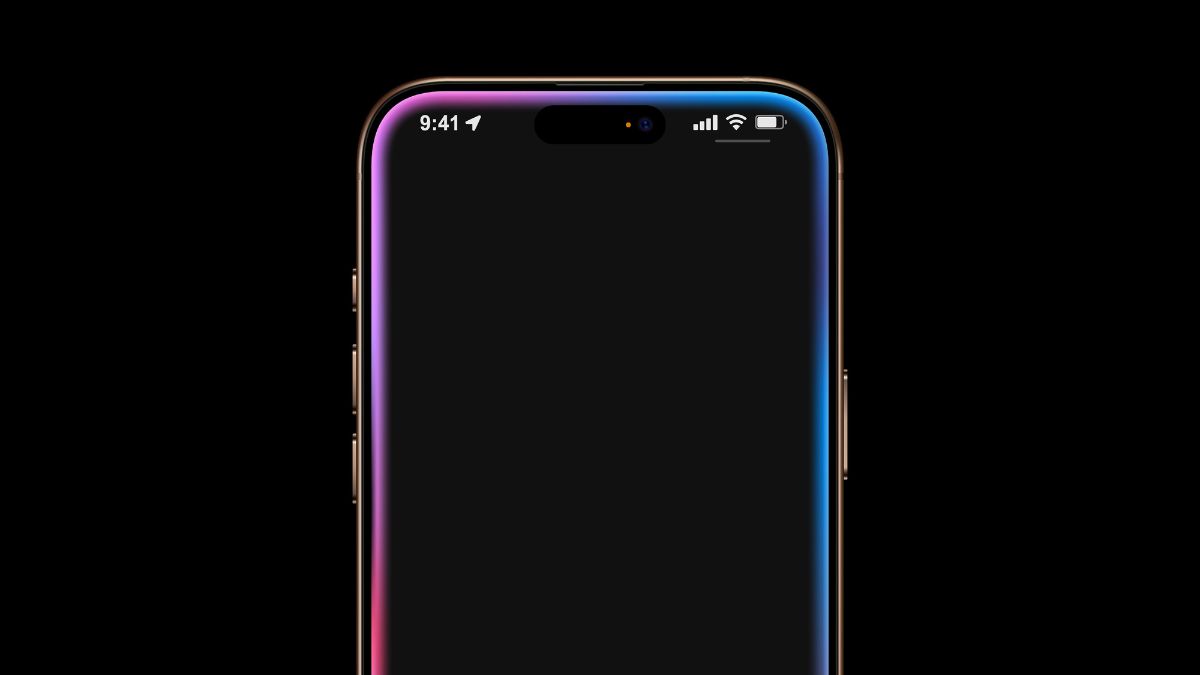Axurbain, You feel it before you see it. It’s the slight, almost imperceptible adjustment of your home’s temperature as the sun moves behind a cloud. It’s the traffic light that seems to stay green just a few seconds longer, creating a rare, seamless flow through the city’s busiest artery. It’s the gentle nudge from your calendar, suggesting you leave for the airport an hour early because of a minor incident on the freeway that hasn’t even appeared on the news yet.
This isn’t magic. It’s not even a single, flashy piece of technology. It’s something more profound, more woven into the fabric of our days. We don’t have a good word for it yet, but in the labs and the design studios, they’ve started calling it Axurbain.
Axurbain (pronounced ax-ur-bane) isn’t a product you can buy. It’s the experience—the feeling—of living in a city that is quietly, gently, and intelligently alive. It’s the seamless, ambient integration of artificial intelligence into our urban landscapes, not as a bossy overlord, but as a thoughtful partner. It’s technology that serves us by receding into the background, creating a world that feels less like a machine and more like an ecosystem that cares for its inhabitants.
This is the story of Axurbain. Not from a technical specification sheet, but from the human perspective. It’s about the small moments of grace it creates, the anxieties it stirs, and the new kind of relationship we are building with the places we call home.
The Morning: Waking Up in a Responsive World
Your alarm doesn’t jerk you awake. Instead, the bedroom shades begin to lift slowly, filtering in the dawn light based on your natural sleep cycle, which the system has learned over time. It’s a small thing, but it sets the tone for the day. This is the first principle of Axurbain: Anticipatory Serenity.
As you pad into the kitchen, the coffee is already brewed. The system didn’t just use a timer; it knew you had a late night finishing that project and adjusted the morning routine to be a little gentler. On the smart display, a simple message: “The 8:15 train is running 7 minutes behind due to a signal check. No need to rush.”
This is the magic of Axurbain. It’s not about giving you more commands; it’s about removing friction. It’s the technology equivalent of a friend who holds the door open for you when your hands are full. The city—your home, your transit, your schedule—is no longer a series of obstacles to be overcome, but a flow to be entered.
For Maria, a nurse with a long commute, Axurbain means her car syncs with the city’s traffic flow system, finding her the route with the least congestion and stop-starts, saving her mental energy for her patients. For Ben, a father walking his daughter to school, it means the crosswalk signals seem to anticipate their approach, creating a safer, more predictable path. The city is listening, and it is responding.
The Afternoon: The Invisible Infrastructure of Care
The true test of a city is how it handles the unexpected. A sudden downpour. A minor power fluctuation. A traffic accident. In a pre-Axurbain world, these events caused cascading failures. Now, the city responds with a quiet, collective intelligence.
A water main sensor detects a pressure drop in a pipe that’s still decades from its predicted failure date. Instead of waiting for a catastrophic burst, the system schedules a micro-repair for 2:00 AM, rerouting water flow seamlessly. Most residents will never know it happened. This is Axurbain’s second principle: Preventive Grace.
For an elderly man named Arthur, who lives alone, Axurbain is a quiet guardian. The ambient sensors in his apartment (with his explicit permission) don’t watch him, but they learn the rhythm of his life—when he typically gets up, moves to the kitchen, watches his evening shows. One afternoon, the system notices a significant deviation: no movement from his armchair for an unusually long time. It doesn’t sound a blaring alarm. Instead, it first sends a gentle, voice-activated check-in. When there’s no response, it alerts a human caregiver next door, who finds Arthur has simply fallen into a deep sleep. It’s a non-emergency, handled with discretion and care, preserving Arthur’s dignity while ensuring his safety.
This is the human heart of Axurbain. It’s not about surveillance; it’s about attentiveness. It’s the digital equivalent of a small-town community where people notice if your lights are off at an odd time. It’s a safety net woven not from steel, but from data and empathy.
The Evening: The Shadow Side and the Soul of the City
But as the sun sets, so do the more complex questions. Axurbain has a shadow, and it’s one we must sit with. Who programs this empathy? Who decides what “optimal” flow looks like? Where does the data go?
This is the third principle, the one we are still grappling with: The Dilemma of the Black Box.
For every moment of seamless convenience, there is a potential for control. The same system that optimizes traffic flow could be used to divert protesters away from a city center. The energy-saving algorithms that lower your thermostat during peak demand could be weaponized by a corporation to maximize profits at the expense of comfort. The data that keeps Arthur safe could be sold to insurance companies to adjust his premiums based on his activity level.
Axurbain demands a new social contract. It requires a level of transparency and civic trust that we have never had to build before. We must be able to ask the city, “Why?” and get an answer we can understand. The “why” can’t just be “because the algorithm said so.” It has to be “because it creates a safer, healthier, more equitable outcome for the community.”
This is the human challenge at the core of Axurbain. The technology is arriving faster than our ethics. The conversation cannot be left to engineers and CEOs alone. It needs poets, and ethicists, and community organizers, and retirees like Arthur. We have to decide what we want this intelligent city to value. Efficiency? Absolutely. But also equity, privacy, randomness, and the beautiful, unoptimizable chaos of human life.
The Future: Coexisting with a Gentle Giant
So, what does the future hold? The ultimate goal of Axurbain is not to build cities for machines, but to build machines for cities—for the people who live in them.
The next evolution will be less about prediction and more about co-creation. Imagine a public park where the lighting and soundscape subtly change based on the collective mood of the people within it, detected through anonymous, aggregated data. A space that can feel energizing for a morning jog and serene for an evening stroll.
It will be about healing our environment. Axurbain systems could manage urban forests, directing water and nutrients to struggling trees, or creating “green corridors” for wildlife through the city based on real-time animal movement data.
Most importantly, the future of Axurbain depends on us. It requires us to be active citizens, to demand that these systems are built with open-source code and public oversight. We must be the ones to inject the humanity, to ensure that the gentle hum of the city is a lullaby, not a drone.
Conclusion: The Symphony of the Everyday
Axurbain is already here, in fragments. It’s in the smart thermostat, the navigation app, the smart grid. But it’s more than the sum of its parts. It’s the emerging symphony of the everyday, composed of a billion tiny, intelligent adjustments.
It won’t be heralded by a loudspeaker announcement. You’ll know it by the feeling of a day that unfolded a little more smoothly, a problem that was avoided before it ever arose, a moment of care that arrived exactly when needed.
The age of Axurbain is an invitation. It asks us to reimagine our relationship with technology not as one of master and servant, but as a partnership. It challenges us to build a world where the intelligence of our machines serves the deepest needs of the human spirit: safety, connection, and the freedom to live a little more gracefully. The city is waking up. And it’s learning to be a better home.






